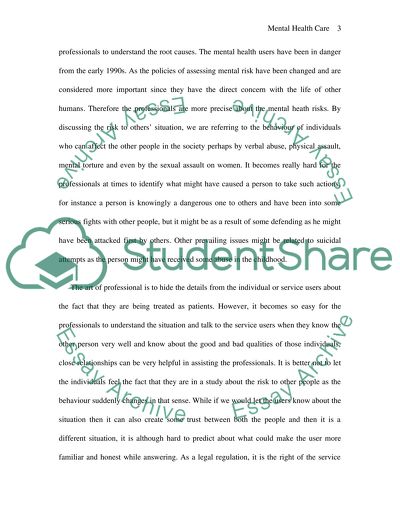Cite this document
(Risk Management in Mental Health Care Term Paper, n.d.)
Risk Management in Mental Health Care Term Paper. https://studentshare.org/psychology/1514110-risk-management-in-mental-health-care
Risk Management in Mental Health Care Term Paper. https://studentshare.org/psychology/1514110-risk-management-in-mental-health-care
(Risk Management in Mental Health Care Term Paper)
Risk Management in Mental Health Care Term Paper. https://studentshare.org/psychology/1514110-risk-management-in-mental-health-care.
Risk Management in Mental Health Care Term Paper. https://studentshare.org/psychology/1514110-risk-management-in-mental-health-care.
“Risk Management in Mental Health Care Term Paper”. https://studentshare.org/psychology/1514110-risk-management-in-mental-health-care.


